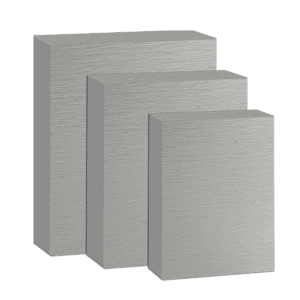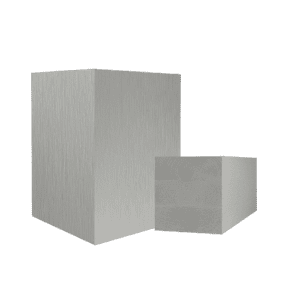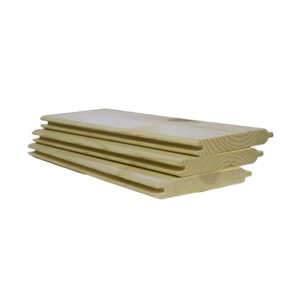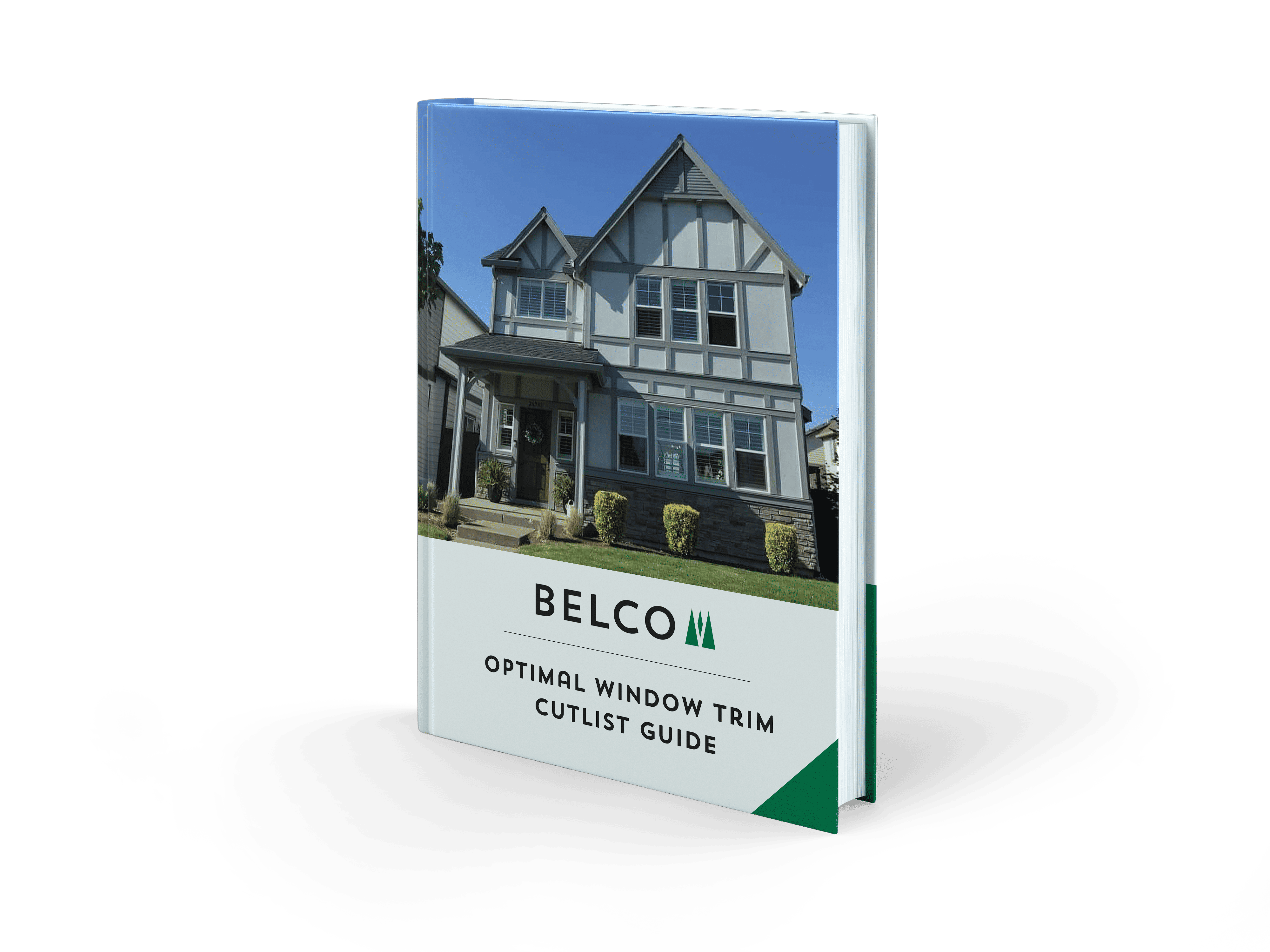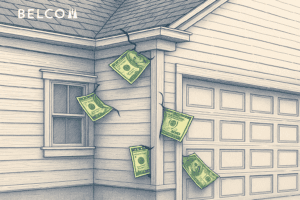Understanding the difference between flashing vs fascia is basically “Roofing 101” with a few simple, yet important distinctions. Both are essential components but serve different purposes. Flashing prevents water leaks around roof intersections, while fascia supports the roof edges and elevates aesthetic appeal. Let’s get into the nuts and bolts of these essential components and their respective value in roofing systems.
Key Takeaways: Flashing vs Fascia vs Drip Edge
- Fascia, flashing, and drip edge serve distinct roles in a roofing system. Fascia provides structural support and design elevation, flashing prevents leaks at joints and potential moisture penetration spots, whereas drip edge directs water away from the roof’s edge.
- Belco XT® Trim, particularly XT Fascia, features exceptional durability through proprietary treatments, making it resistant to moisture, rot, and insects.
- Regular maintenance of fascia and flashing is imperative. Identify damage early to extend the lifespan of the roofing system.
What is Fascia?
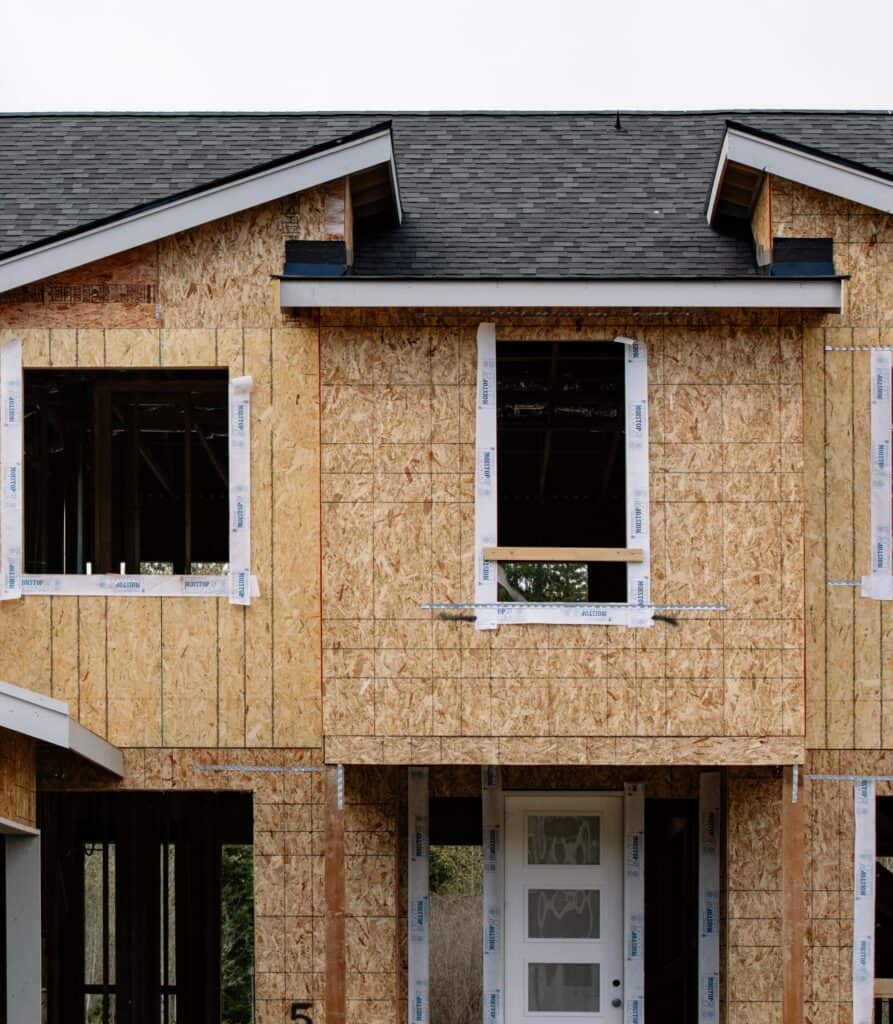
Besides its protective function, fascia also serves an aesthetic role, providing a clean, refined finish to the roofline. It connects the roof rafters and gutters, acting as a barrier against water intrusion and enhancing the structure’s curb appeal.
Understanding Flashing
Flashing is a thin, corrosion-resistant metal sheet designed to channel water away from vulnerable areas of a roof, such as valleys, chimneys, and roof intersections. It is an essential component for preventing leaks and water damage. Various types of flashing, including base flashing and step flashing, are specifically designed to protect different roof features and intersections.
Common materials for roof flashing include aluminum, galvanized steel, and copper, each offering different benefits and lifespans. Aluminum is lightweight and corrosion-resistant, galvanized steel is durable, and copper has a long lifespan but is more expensive.
What is Drip Edge
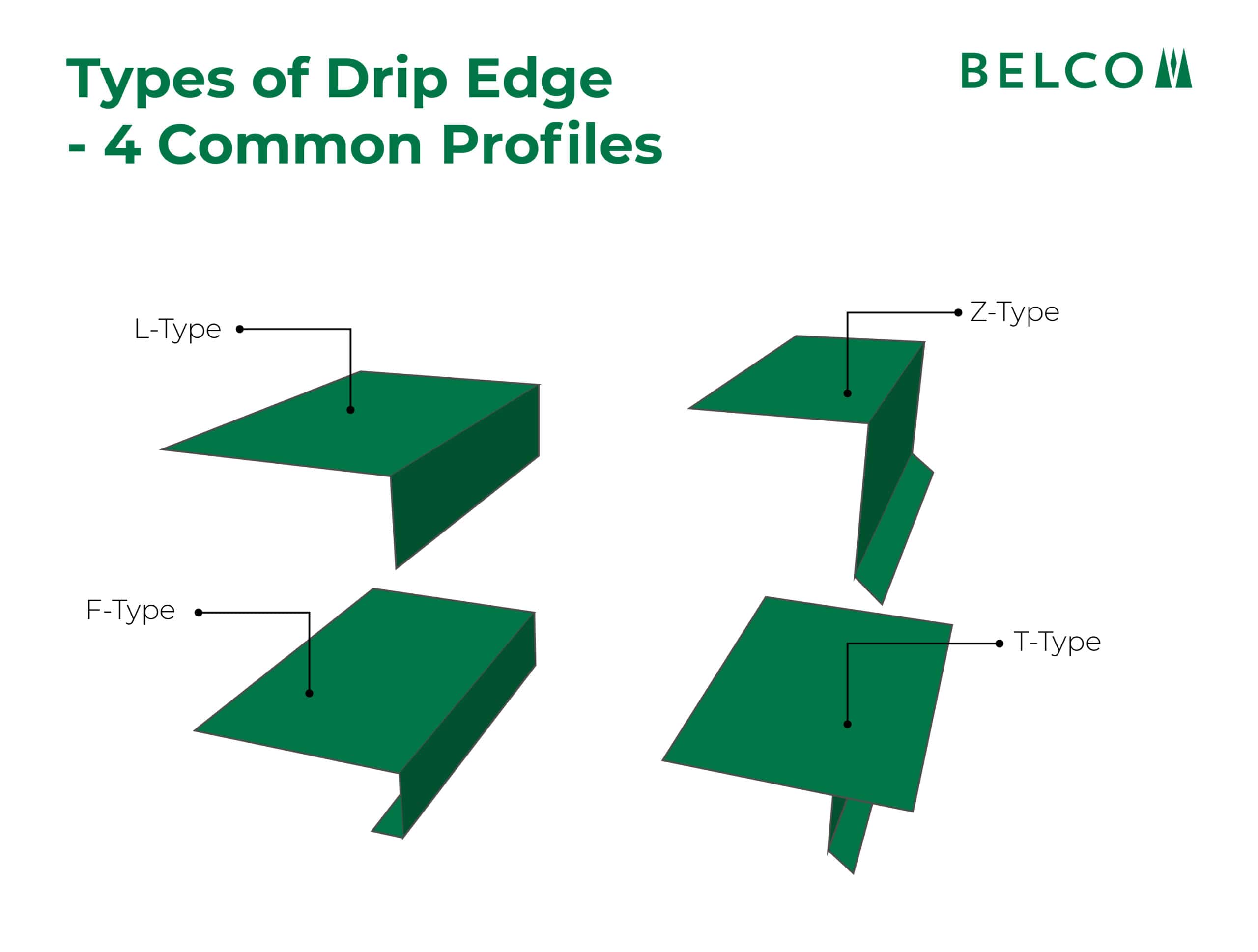
Key Differences: Flashing vs Fascia vs Drip Edge
While flashing, fascia, and drip edge play complementary roles in a roofing system, they serve different purposes. Flashing is designed to provide waterproofing at roof joints and penetrations, typically made from materials like pre-painted steel or aluminum. It must be carefully installed to prevent water damage, often integrated with the roofing system to ensure effective water management.
On the other hand, fascia boards are attached to the edges of the roof, connecting the roof rafters and gutters. They primarily provide aesthetic appeal and structural support for the roofing system.
Drip edges, which can be referred to as flashing in some contexts, are installed along the roof’s edge to direct water away from the fascia and prevent streaks on the bargeboard. Understanding these differences helps in selecting the right components for a well-functioning roof.
Applications & Benefits of Belco XT Fascia Board

The Belco XT Fascia Board acts as a protective barrier against moisture and weather-related damage while enhancing exterior design by providing a clean and cohesive look. Installed beneath the roofline, it not only prevents moisture damage but also adds a touch of elegance to various architectural designs.
Installation Process
Installing Belco XT Fascia Board is streamlined into a simple one-and-done process. The lightweight board attaches directly to the rafter tails, significantly reducing labor time and costs, often boasting one-man installation. The design of Belco XT Fascia Board allows for a quick and efficient application, making it a preferred choice for many builders and homeowners.
Common Sizes
Belco XT Fascia Board comes in various sizes to accommodate different architectural styles and design requirements. These sizes include 1×6, 4×6, 2×6, and 2×8, allowing for flexibility in design and application. The availability of multiple sizes ensures that the fascia board can meet the needs of diverse projects, whether it’s a modern home or a traditional structure.
Material Composition
Manufactured proprietary two-step treatment process Belco XT Fascia boasts significant resistance to rot and insect damage. This innovative process involves a wood preservative treatment followed by a water-based primer, significantly enhancing the board’s durability and performance in various regional climate conditions. The material composition also ensures that it retains its visual appeal over time.
Application & Benefits of Drip Edge
Belco Drip Edge protects roofs from water damage by directing water away from the roof structure and into the gutters. This effective moisture management helps prevent rot and decay, safeguarding the roof’s integrity over time. Additionally, it helps in sealing gaps that could allow insects to enter, providing an added layer of protection against pest infestations.
Simple Installation
Drip Edge installation straightforward, allowing it to be placed over existing roofing materials without much hassle. The process involves aligning the edge with the bargeboard’s top edge and securing it with fasteners, ensuring stability and proper placement.
It is user-friendly, making it accessible for both professionals and DIY enthusiasts. Correct alignment and fastener placement ensure the drip edge performs its function effectively, directing rainwater away from the roof and into the gutters, and also to direct rainwater into the gutters.
Size Variations
Belco XT Drip Edge is available in various sizes to meet different roofing requirements. The most commonly available sizes are 1×2 and 1×3, catering to a range of architectural styles and roofing configurations. These size options ensure the drip edge can fit the specific needs of your roof, providing optimal protection and aesthetic appeal.
Maintenance Tips for Fascia and Flashing
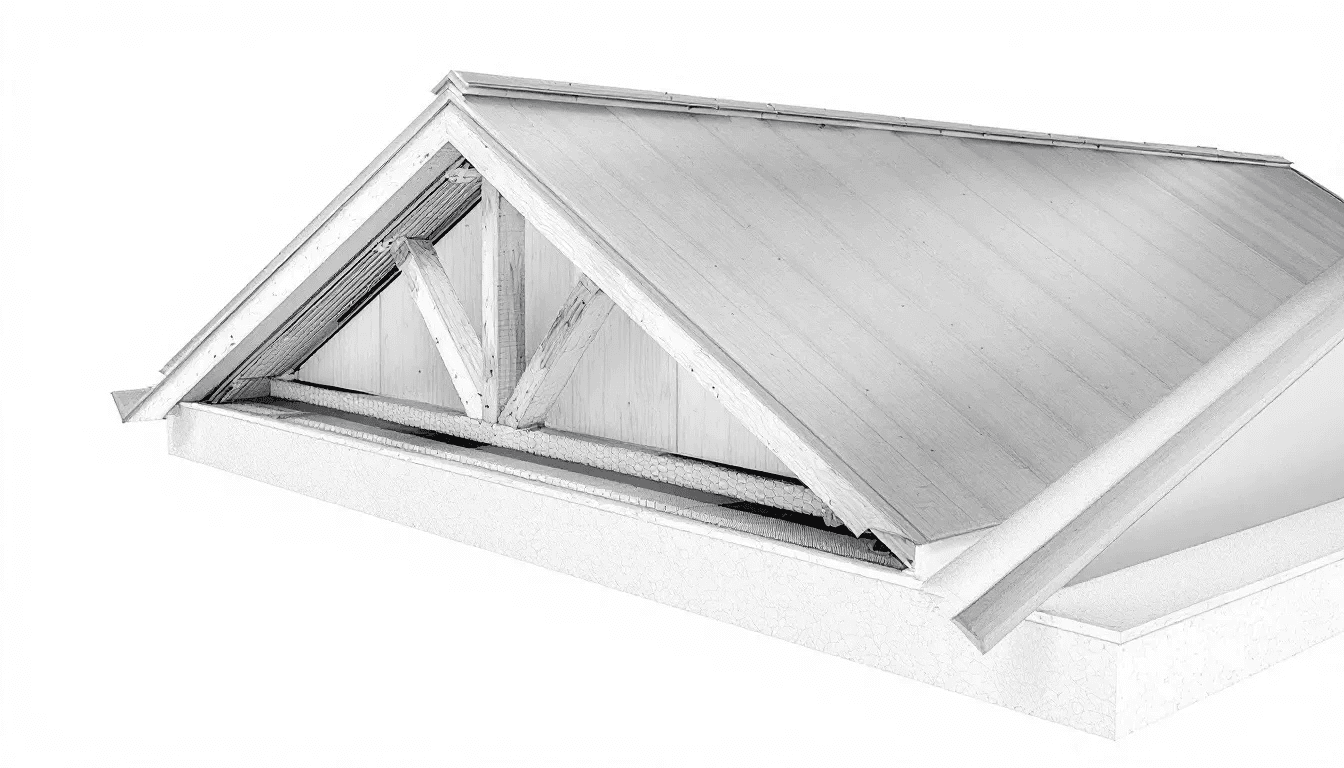
Maintaining fascia and flashing ensures the longevity and effectiveness of your roofing system. Regular inspections of fascia boards help identify early signs of damage, such as rot or insect infestations, allowing for timely repairs. Cleaning the fascia with a soft brush and water removes dirt and mildew, ensuring it remains in good condition.
Flashing, on the other hand, requires careful inspection to detect any visible damage, corrosion, or signs of roof leaks. Proper installation and regular maintenance of flashing preventsd leaks and extends the roof’s lifespan.
Well-maintained fascia and flashing prevent water damage and other roofing issues.
Summary
Understanding the roles and benefits of fascia, flashing, and drip edge is essential for maintaining a robust and aesthetically pleasing roofing system. Fascia provides a protective barrier and enhances the visual appeal of the roofline, while flashing ensures effective water management at vulnerable areas of the roof. Drip edge protects the roof’s edge from moisture damage and adds a clean, finished look to the home.
By choosing high-quality products like Belco XT Fascia Board and Belco Drip Edge, you can ensure that your roofing system remains durable and effective. These components not only enhance the functionality of your roof but also contribute to its overall aesthetic appeal. Investing in the right roofing materials and maintaining them properly will help you achieve a long-lasting and beautiful roof.
Frequently Asked Questions
What is the main purpose of fascia in a roofing system?
The main purpose of fascia in a roofing system is to act as a protective barrier against moisture and weather damage, while also enhancing the aesthetic appearance of the roofline.
How does flashing prevent roof leaks?
Flashing effectively prevents roof leaks by directing water away from critical areas like valleys and chimneys, minimizing the risk of water intrusion and subsequent damage.
What are the benefits of using Belco Drip Edge?
Using Belco Drip Edge effectively protects your roof’s edge from moisture damage and directs water into gutters, while also clsing gaps to help prevent pest infestations. This ensures enhanced durability and improved maintenance of your roofing system.
What factors should be considered when choosing roofing materials?
When selecting roofing materials, it is crucial to consider climate, architectural style, material durability, and warranties to ensure optimal long-term performance and protection.

